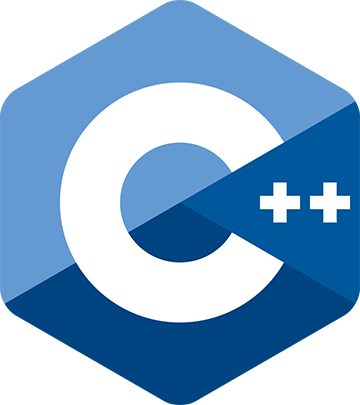Objects, their lifetimes and pointers -- Dawid Pilarski
Understanding the basics of the language in every detail.
Objects, their lifetimes and pointers
by Dawid Pilarski
From the article:
A detailed tour on C++ objects, what they are and how to avoid common undefined behaviors.
